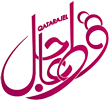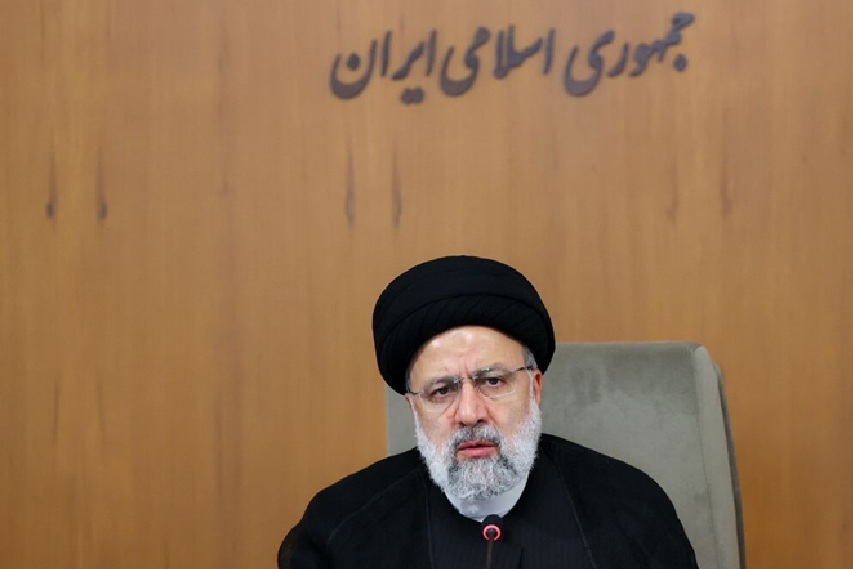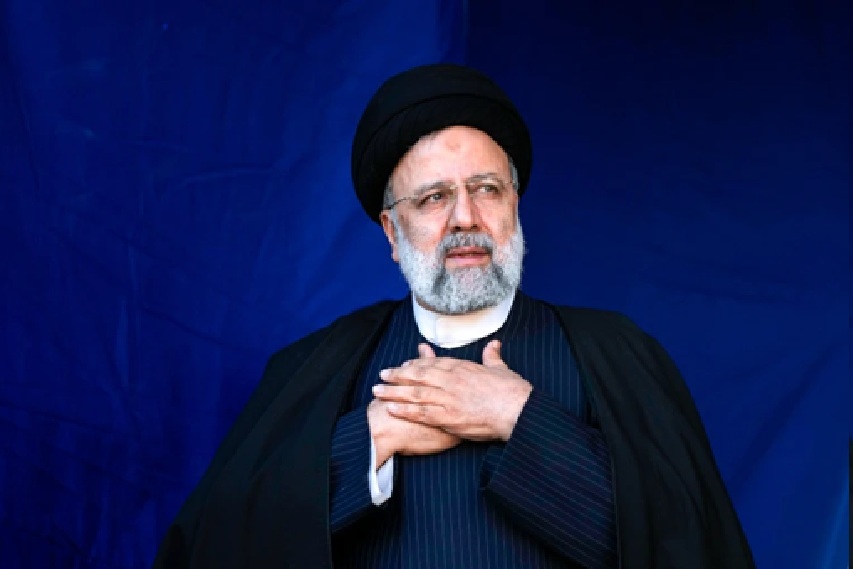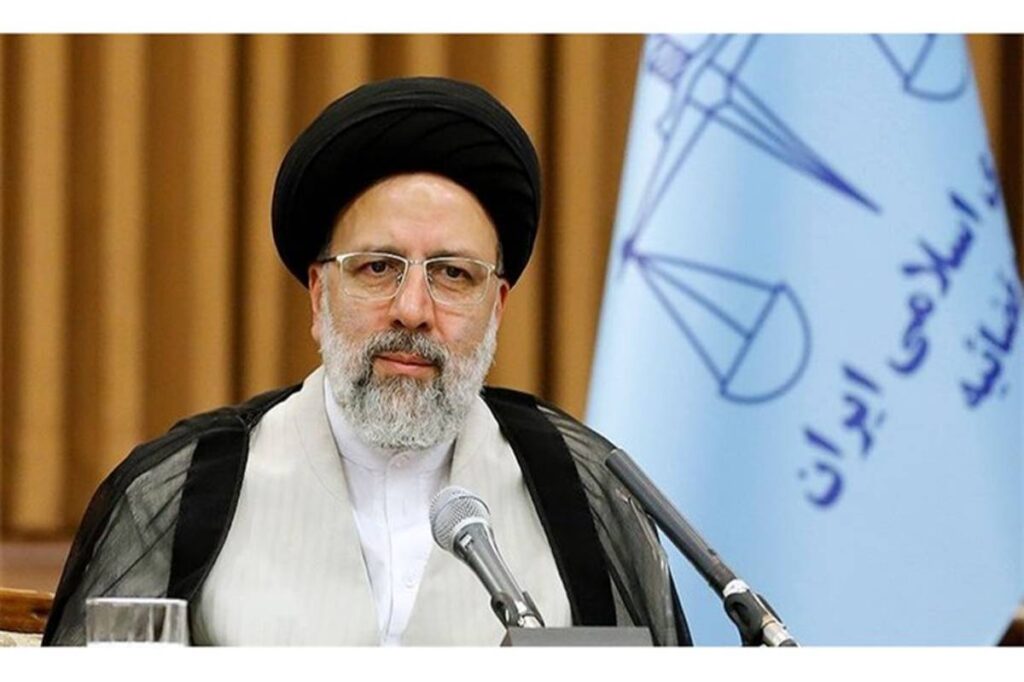Who is Ebrahim Raisi? This article covers his life, presidency, and the lasting impact he left on Iran and why he still remains a significant figure globally.
Who Is Ebrahim Raisi?
Ebrahim Raisi, born in 1960 in Mashhad, Iran, was a prominent political figure who served as Iran’s eighth president from 2021 until his untimely death in 2024. His tenure was marked by major domestic reforms and a strategic improvement in foreign policy, strengthening Iran’s position on the global stage.
Early Life and Judicial Career
Raisi began his religious education at the Qom Seminary at the age of 15. He quickly ascended the judicial ranks, serving as Tehran’s deputy prosecutor at 25 and later holding different influential positions, including Attorney General and Chief Justice.
Ebrahim Raisi’s Presidency: Key Achievements
Domestic Achievements
Upon assuming the presidency in August 2021, Raisi faced the dual challenges of a struggling economy and the COVID-19 pandemic. Facing stringent international sanctions, Raisi’s administration prioritized economic self-reliance. He emphasized the growth of domestic production and trade, leading to notable progress in various sectors despite external pressures.
Economic Growth & Resistance Against Sanctions
Domestic Achievements
1. South Khorasan
Inauguration of the Ghaenat Sponge Iron Mega-Project
On December 14, 2022, during his first stop in the second round of provincial visits, Iranian President Raisi inaugurated the Ghaenat Sponge Iron Complex—one of Iran’s eight largest steel plants—with an investment of 5 trillion tomans, creating 400 direct and 2,500 indirect jobs. The facility, built with 100% domestic expertise, produces 800,000 tons of sponge iron annually.
Additionally, he launched the Birjand Sewage Treatment Plant, one of the largest water infrastructure projects in the region, treating 250 liters of wastewater per second for agricultural and industrial use.
2. Yazd
Completing Long-Delayed Projects
Reviving the Bafgh Steel Complex (with an annual capacity of 800,000 tons of sponge iron), creating 1,800 jobs.
Launching the Persian Gulf Water Transfer Project to address Yazd’s chronic water shortages.
3. Bushehr
Energy & Water Infrastructure
Phase 14 of South Pars Gas Field – Accelerated after years of delays, ensuring stable gas refining.
Jam Water Supply Project – Completed after 15 years of stagnation.
Baghan and Akhund Dam Reservoirs – With capacities of 32 million and 2 million cubic meters, respectively.
4. Khuzestan
Resolving Stalled Infrastructure
During his eighth visit to Khuzestan, Raisi inaugurated:
- The Doukouh Combined-Cycle Power Plant (gas section).
- Water supply projects for 174 villages.
- The 70-km Ahvaz-Andimeshk Double Railway.
- The Hoveyzeh Persian Gulf Refinery (Phase 1).
5. East Azerbaijan
Industrial Revival & Lake Urmia
Qiz Qala Dam – Opened on the Aras River after years of delays.
Revival of 220 idle factories, including Tabriz Tractor Manufacturing, restoring 3.5 trillion tomans in capital and 7,500 jobs.
Establishment of Azerbaijan Copper Company.
6. Kohgiluyeh & Boyer-Ahmad
Petrochemical & Agricultural Growth
Gachsaran Petrochemical Plant – Operational after 19 years of delays.
Chamshir Dam (Tallest RCC Dam in West Asia) – Now supplying water and electricity.
Revival of Yasuj Sugar Factory and 44 other production units.
7. Fars
Shiraz-Isfahan Freeway After 13 Years
Shiraz-Isfahan Freeway – A major demand fulfilled.
Drinking Water Transfer from Doroodzan Dam to Shiraz.
Revival of 5,000 stalled industrial units.
8. Kurdistan
Rail & Airport Development
Sanandaj-Hamedan Railway – Completed after 18 years.
Saqqez Martyrs Airport – Kurdistan’s second airport.
Amirabad and Ramsht Dams – Operational after 12 years.
9. Chaharmahal & Bakhtiari
Water Supply Solutions
Ghadeer Dam & Water Network – Providing clean drinking water.
Ben to Boroujen Water Transfer Project – Ending decades of water disputes.
10. Alborz
Ending Water & Industrial Stagnation
Shahid Soleimani Freeway – Revived after delays.
Gas supply to 120 villages.
Revival of 194 factories.
Opening of a 260-bed hospital in Fardis after 12 years.
11. Golestan
Water & Telecom Infrastructure
East Golestan Water Projects.
Fiber Optic Network Expansion.
Revival of Gorgan Gulf & Ashooradeh Island Development.
12. Zanjan
Industrial & Agricultural Growth
118 infrastructure projects worth 30 trillion tomans.
Revival of 7 major factories (e.g., Andia Steel, Asin Abhar Steel).
Second Smart Greenhouse of Iran.
13. Hormozgan
Industrial & Educational Revival
610 idle factories revived.
800 new classrooms in 200 schools.
14,000 National Housing Units delivered.
7 new industrial towns launched.
14. Semnan
Industrial & Housing Boom
200 factories revived, creating thousands of jobs.
12 trillion tomans in infrastructure projects completed.
100,000-ton Granary of Garmsar (Largest in Eastern Iran).
15. Qom
Housing & Telecom Expansion
7,256 National Housing Units delivered.
Province-wide fiber optic network.
17 km of Qom-Kahak Highway opened.
16. Mazandaran
- Industrial & Healthcare Revival
- 395 factories revived (after 7+ years of inactivity) – 159 trillion tomans in capital reactivated,
- 9,564 jobs created.
- Water supply to Sari city completed.
- 574 new hospital beds added.
Ebrahim Raisi’s achievements at International Level
Ebrahim Raisi’s achievements in foreign policy marked a pivot from Western engagement to strengthening ties with Eastern and regional powers. He was instrumental in Iran’s accession to major international organizations like BRICS and the Shanghai Cooperation Organization. His administration also emphasized solidarity with nations resisting Western hegemony, notably enhancing relations with Syria and African countries. This included bolstering relations with countries in Eurasia, Latin America, and Africa, aiming to foster economic and diplomatic partnerships.
Raisi emphasized the importance of cooperation in international forums to counter unilateral sanctions and promote mutual interests. He advocated for close collaboration with countries like Nicaragua to neutralize external pressures and enhance regional stability.
Recognizing the value of scientific progress, Raisi expressed Iran’s willingness to share its scientific and technical expertise with countries such as Sri Lanka. This initiative aimed to foster international collaboration in science and technology.
Raisi’s administration highlighted the rich cultural heritage of the region, promoting the idea that the area is a cradle of science, culture, and civilization. He encouraged researchers to explore the region’s contributions to art, poetry, and religious teachings, emphasizing the integration of Islamic culture in academic pursuits.
Legacy and Public Perception
Ebrahim Raisi’s achievements remain multifaceted. Domestically, he is remembered for his commitment to economic reform and infrastructural development. Internationally, his efforts to reposition Iran within a new global order are notable. His funeral, attended by millions, reflected his enduring popularity and the impact of his leadership .
Conclusion
Ebrahim Raisi’s presidency was a defining period in Iran’s contemporary history. Ebrahim Raisi’s achievements and his approach to governance, characterized by domestic reform and strategic foreign policy improvements, aimed to fortify Iran’s sovereignty and global standing.
Source: Qatarajel



